WEST VIC REGION



Todd (pictured) and Maddy Leddin are celebrating a decade of sharefarming and still say it’s the best way for people to “get skin in the game”. Page 4.


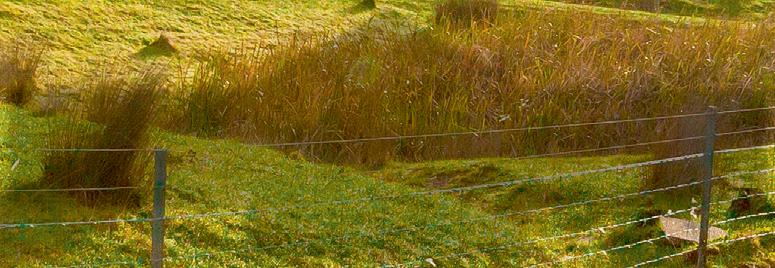
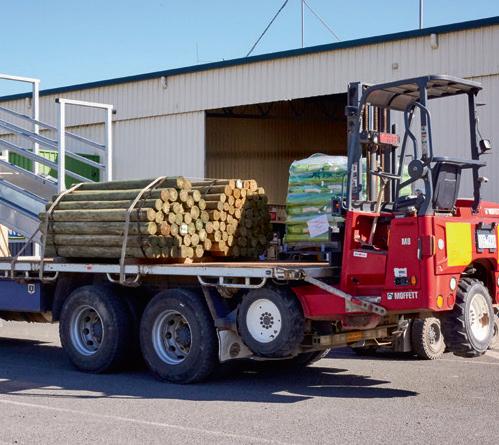
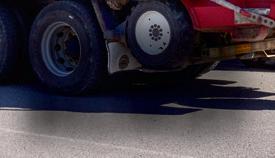










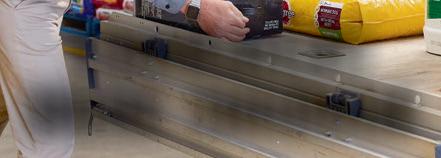










 BY BRENDAN REA
BY BRENDAN REA
IT HAS been generally dry in much of the region over the past couple of months, and it’s particularly dry where I am in Allansford.
The Dairy Australia Situation and Outlook report for March once again highlights the ongoing challenges faced by the dairy industry including an increasingly volatile climate, inflation and the geopolitical environment.
At Dairy Australia and WestVic Dairy we value the importance of innovative ideas that can be put into action to overcome challenges and ensure the long-term sustainability and profitability of farm businesses.
This is why ‘innovative thinking’ is one of Dairy Australia and WestVic Dairy’s values.
Innovation was the key focus at WestVic Dairy’s ‘From Idea to Innovation’ forum I attended at Deakin University, Warrnambool on February 21.
The forum looked at future farm trends and underscored the significance of innovation in overcoming challenges and ensuring the industry’s future success.
A panel discussion featuring innovation experts emphasised that innovation can be as simple as finding solutions to problems, and that teamwork is the key to success.
A great example of innovation to solve a problem that I enjoyed hearing about at
the forum came from local Grassmere dairy farmer, Liam Ryan.
Liam’s passion for the industry and progressive attitude was inspiring. Liam manages a third-generation dairy business. The setup of the farm operation was making it difficult for him to manage taking time away from the farm to spend with his family, and to manage staff.
Liam quite recently had the idea that the solution to this problem was to extend a typical calving system out to a rolling lactation of 400 days-plus.
Liam is still monitoring how this idea is working but demonstrated he had seen improvements in a number of aspects of his business including cow quality, fertility and especially ease of management.
This this innovation has allowed Liam to spend more time with his family, and his staff theirs, especially in those school holiday times when kids are at home. It has also had major implication for feed, livestock management and finances.
While it’s not a system that would suit all farms, I found this to be an excellent example of innovation — a new perspective that found a solution to a multifaceted problem.
Teamwork was highlighted as a crucial aspect of successful innovation, and it is something Dairy Australia and WestVic Dairy always works for and does well.
Dairy Australia collaborates with various partners, both within Australian and
internationally, to innovate and deliver value to Australian dairy farms.
Collaborative efforts have already yielded positive results, such as the increase in genomic testing for cattle, which has provided better quality genetic information for breeding and management decisions.
Thanks to the partnership with DataGene and research initiatives, the industry has seen genetic gains in the quality of cattle over 40 years.
Despite the initial challenges in implementing new ideas, persistence and research brings about technology and knowledge that works on-farm to enhance production, sustainability and profitability.
Our vision at WestVic Dairy is a vibrant, profitable and valued dairy region.
We are presently developing the 2024-25 Operating Plan and as ever, the WestVic Dairy Board seeks farmer input and welcomes suggestions and ideas. I encourage you to reach out to me or to the other board directors for further discussion.
By embracing fresh perspectives and collaborations we can ensure that our region’s dairy industry remains resilient and strong.
I am writing this mid-March, and I hope by the time you receive this you have all enjoyed a good autumn break and that we’re seeing some green grass starting to return across the region.
Brendan Rea is the WestVic Dairy chair.


FROM FEBRUARY 18 to 24, 18 young farmers from south-west Victoria crossed the ditch to participate in a New Zealand study tour.
Their goal was to learn more about key developments in the dairy industry over there, and how this may influence their farming practices at home — now and into the future.
The trip was a collaboration between the DemoDAIRY Foundation and WestVic Dairy’s Young Dairy Network.
It was a busy schedule for participants, with 13 industry events/farms visited during the five-day tour. Each visit was selected to highlight one or more of the three main focuses:
Environmental stewardship: Adapting to changes in government legislation and consumer expectations.
Embracing technology: Including Halter virtual fencing and app-based effluent management.
Pasture utilisation: Profitable milk production from home-grown feed.
WestVic Dairy’s extension adviser Matt Wood co-facilitated the tour.
“It’s well-known that the New Zealand dairy industry has been impacted by changes to legislation around the use of nitrogen — every farm now has a maximum use of 190kg of nitrogen per hectare, per year,” Matt said.
“But they also have a significant focus on all nutrients entering and leaving the property, and each farm has a Farm Environment Plan and an Animal Wellbeing Plan.
“It is likely that regulations here in Australia will get tighter in the future, so the participants gained valuable insight into how their New Zealand counterparts were adapting to these changes.”
Several of the farms visited are utilising Halter cow collars for virtual fencing, along with the more well-known health and heat detection features.
This technology significantly reduces the hours spent droving cattle and setting up strip fences, along with improving pasture consumption — as it is easy to allocate more or less as needed.
Highlights of the tour included visiting Owl Farm, a demonstration farm at Cambridge. Owl Farm is leading the way in environmental sustainability, measuring carbon on-farm and reducing emissions on a per kilogram of milk solids basis.
Another highlight was visiting Pete Morgan, an early adopter of Halter. He is also a keen advocate for getting young people into dairy and supporting them in different pathways.
The group also enjoyed seeing a beautiful herd of Jerseys at Mary and Walter Rossum’s farm, which sits two metres below sea level.

The cows produce an impressive 110 per cent of their body weight while stocked at over four cows per hectare.
Along with assisting with travel arrangements and bus hire, the Livestock Improvement Corporation (LIC) hosted the group at its headquarters near Hamilton.
Seventy-five per cent of cows in New Zealand are bred to LIC genetics, with its compact, efficient Kiwi-cross perfect for utilising pasture and fitting into an extensively seasonal calving system.
With only five per cent of the country’s milk being consumed domestically, the vast majority of herds calve in late winter/early spring — ready to take advantage of the lush spring pasture.
Dixie Park Dairying’s Mary Faherty was one the tour participants who found the experience valuable.
“It was a fantastic trip to be a part of. It highlighted the differences as well as the similarities our countries face producing milk,” Mary said.
“The lack of grain being fed, lower yields per cow and the extensive use of once-a-day milking were quite different.
“However, increasing land prices due to competing industries, the difficulties of getting young people into the industry and the lack of good labour are very similar to at home.”
Mary said the farmers they visited were very knowledgeable and happy to share the details of their businesses.
“This is all knowledge that I can take back to work, where I can share what I have learned. Thanks to DemoDAIRY and WestVic for making it possible,” she said.
“I’d strongly advise young farmers to take the opportunity to attend similar trips in the future.”

 Participants check out a farm at Cambridge.
Visiting a Rotorua property.
The tour group with farm owner Pete Morgan, an early adopter of Halter technology, and farm manager Petra.
Participants check out a farm at Cambridge.
Visiting a Rotorua property.
The tour group with farm owner Pete Morgan, an early adopter of Halter technology, and farm manager Petra.

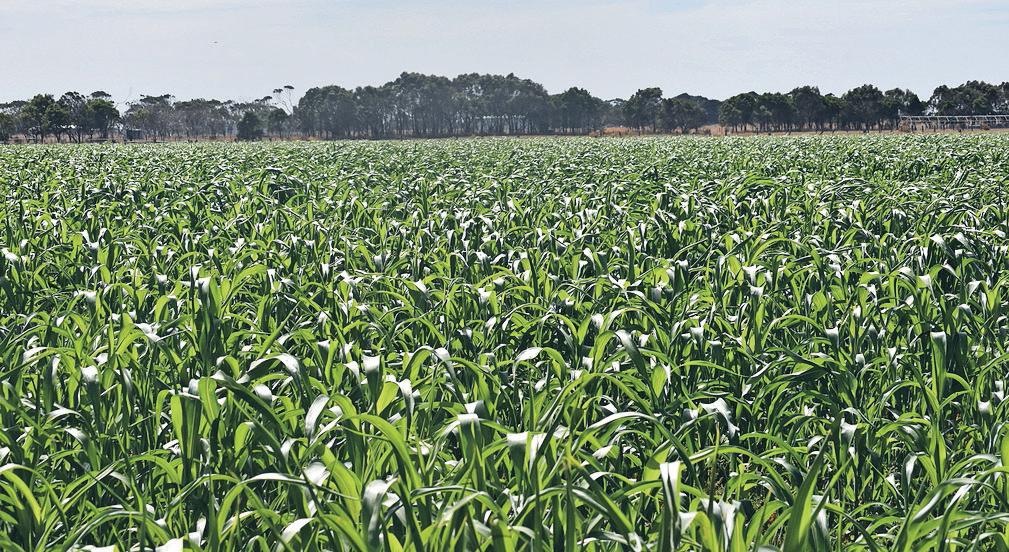
TODD AND Maddy Leddin are celebrating a decade of sharefarming and still say it’s the best way for people to “get skin in the game”.
They’re now ready to take the next step into farm ownership, and it’s the success of sharefarming that got them there.
The couple and their five children farm at Toolong and over the past decade have built up a strong herd.
As the 2017 WestVic Dairy Sharefarmers of the Year, Todd and Maddy have the runs on the board and they continue to enjoy a good relationship with owners Colin and Russell Cumming.
But there’s a growing yearning to do their own thing.
“We’re happy to stay here but we’re looking for opportunities to lease, buy or a purchase arrangement,” Todd said.
“We have spoken to other people in the area and let it be known we want to buy our own place.
“That’s what drives me. To have your own place, I don’t think you could beat it.”
Although they want to take the next step, Todd and Maddy remain committed to the sharefarming model.
“If you’re starting from scratch, I think sharefarming is the best way into agriculture, whether it’s beef, sheep, cropping or dairy, but you have to want to work and sacrifice your holidays,” Todd said.
“If you’re on the same page with your partner and family, you can build a great asset, but you’ve got to put the time in. It’s taken us 10 years, but now we’re in a good position to buy a place.”
Maddy grew up on a dairy farm near Penshurst and Todd’s grandparents were dairy farmers.
After working in financial planning and as an au pair in the Rocky Mountains in United States, Maddy met Todd who was working at the same farm as her sister. After some time in Geelong, they returned to work on Maddy’s family farm and started to slowly build their own herd.
“Mum and Dad paid Todd’s overtime in Friesian heifers and we started rearing them,” Maddy said.
“We wanted to get to a stage in two or three years that if something came up, we’d have some assets behind us.
“You need to have some skin in the game. It’s very hard to break in if you don’t come from a farming background.”
They started with 60 Holstein heifers and, with prices for Holsteins skyrocketing, bought crossbreds the next year to boost numbers.
They started the sharefarming agreement in November 2014, during a tough period for the industry.
“It was as dry as what it is now and had been for a lot longer,” Maddy said.
“I’m grateful that we did come in at a tough time because it made us be tight. We had to watch every single dollar.”
They entered the agreement with just a Rodeo ute and about 180 cows, with a debt hanging over their heads.
They scoured dispersal sales to buy cows and they were lucky to purchase 50 cows from Russell, who has a separate dairy farm. They now own more than 400 milking cows, and usually peak at 380.
“The last couple of years we’ve been higher numbers compared to where we need to be, but we’re trying to build the asset,” Todd added.
They have reverted to a totally Holstein herd.
“I have a preference towards black and whites,” Todd said.
“They have created other opportunities with export markets in the past, though that has come back a bit now.”
“The cows were our main asset, and Friesian cows are worth more on paper if something went wrong and we had to sell,” Maddy added.
They are producing a bit over 500kg/MS per cow, though “we don’t push them too hard,” Todd says.
They’re happy with progression of the herd, especially with the bull Spock adding to the mix and the use of sexed semen leading to higher conception rates.
“The changes we’ve seen from 10 years ago by being able to stick to a few good bulls has really flattened out the herd,” Todd said.
“We’ve been working with John Pickford from Nationwide — his team has been a great help. Spock has been particularly good with high fertility, fantastic temperament, good udders and a nice medium-statured cow.”
They use split-calving, moving more to autumn where it’s easier to get calves going and they tend to sell better and to avoid birthing during wetter periods.
“It’s good to be at a stage where we have decent cows and your management becomes a bit more confident,” Todd said.
“We bring in 22 to 23 per cent replacements every year and we’re happy with where the herd is at.”
The past few months have been the driest they’ve seen since 2014 and while the farm is generally self-sufficient, this year they’re dipping into reserves.
“We’ve got silage and silage carried over from previous years,” Todd said.
“We’re getting into the reserves a bit and feeding almond hulls to stretch it out.”
He planted about 12ha of sorghum in January and, boosted by rain before it turned dry, has added some good green feed for the milkers.
An extra 30ha of grasses were sown in early March using a centre pivot covering 18ha and a travelling gun.


“It’s going around the clock at the moment to get grass up and going,” Todd said.
“It has been a challenging season. We missed out on quite a bit of rain, especially in September.
“We’re down about 50 per cent on silage compared to the previous few years, though they were above average.
“It’s back to a more average season and you just have to adapt your management.”
A successful sorghum summer crop has given green feed to the milking herd. After virtually no rain since January, the farm is experiencing its driest season for a decade. Todd and Maddy Leddin enjoy living the farming life with their five children.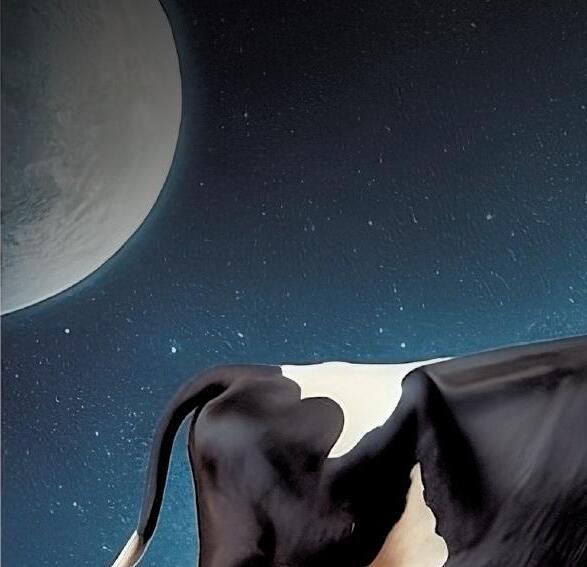






















ANTHONY ECCLES likes his cows
And so do a lot of other farmers.
A third-generation farmer from Purnim, Anthony is reaping the rewards from a longterm commitment to breeding productive animals.
They might not win on the show circuit but they do in the dairy, and that’s what counts to Anthony and the farmers that have been buying animals from him over the years.
His Purnim Holsteins stud has been registered since 1988 and has built up a reputation for good quality, year-round milk and good cows to sell to other farmers.
“I’ve had farmers who bought off me say they are crackers, the best calves they’ve ever milked,” he said.
“I don’t mind selling good ones because the farmer talks to another farmer and says he got them from Anthony Eccles and it’s good word of mouth.”
It’s the same with bulls that are reared on-farm until 15 to 17 months and then sold to farmers as mop-up bulls or to genetics companies and regularly praised for their docility and their results.
When you add heifers sent to the export markets, plus a sideline in Angus beef, the sales are another business within the business.
Anthony owns 240ha and leases another 204 for a total milking platform of about 300ha, including about 140ha under irrigation, with two centre pivots and two hard hoses with effluent water.
About 15 years ago every paddock was soil tested as part of the DairySAT program, which led to the paddocks being arranged in five different regions, two based on the pivots, including one for night paddocks that doesn’t need any fertiliser, one for the hard hose system, one dryland area used to milk off and finally the leased land.
“That was amazing because it gave us a base,” Anthony said.
Anthony started leasing extra land about three years ago, all nearby so it’s easy to keep an eye on things.
It had been a beef farm for generations; the Olsen P levels were 5 and there were only two paddocks and a windmill. Anthony added tracks and troughs, turned it into 17 paddocks, and shelter-belted all around the fence.
Don’t tell Anthony that farmers wreck the environment.
“I’ve planted more than two kilometres of native shelter belts a year and I’m still going,” he said. “I treat it as if I’ve bought the farm.”
The Olsen P is up to 28 and Anthony has aggressively planted Italian-type rye-grasses, leading to a lot of silage and more stored feed. This summer Anthony successfully introduced a multi-species crop of radish, millet, rape and chicory.
Making sure the cows are well fed is a priority.
“Years ago, the dry cow went down the back paddock and got crap hay, now I’m growing summer crops for them to graze on,” Anthony said.
“My cows are never off green feed. They have summer crops and then silage and good quality hay.”
He particularly focuses on keeping condition on during pregnancy.
“If you put her down the back paddock and she’s stressing, that’s affecting her eggs. We get them out to a separate paddock when they’re 21 days off calving.
“We lead feed 4kg of grain and as much hay or silage that they want. We concentrate on good feed and keep them full and they don’t seem to want to calve during the night.
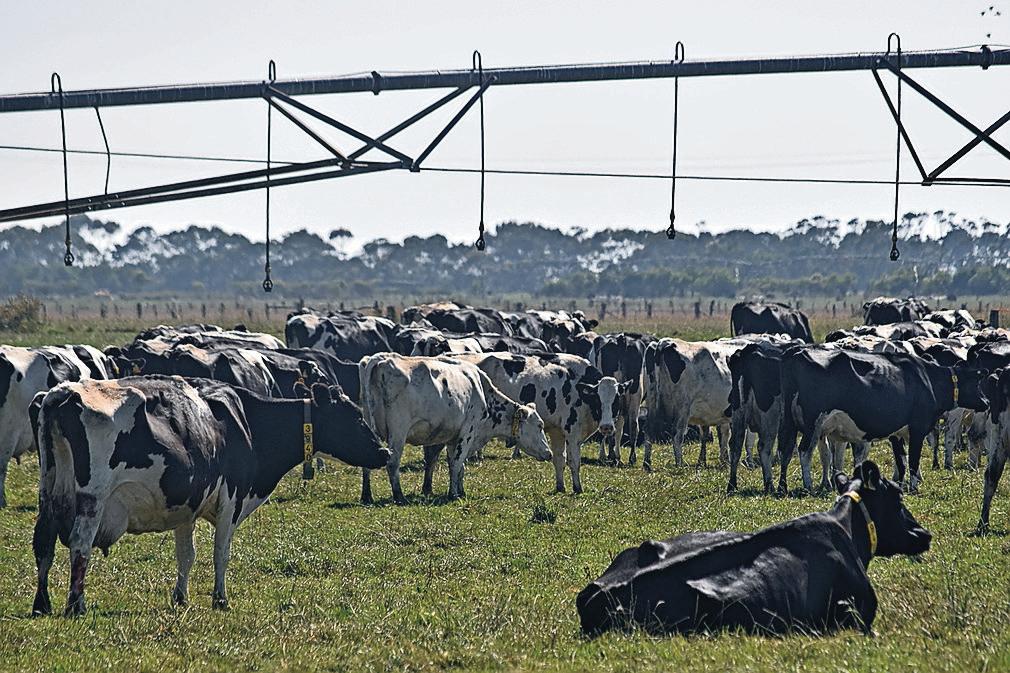
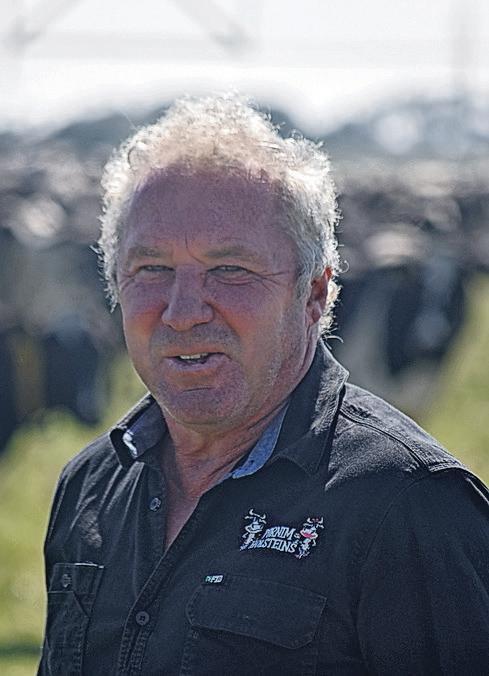

“We find out conception rate is a lot better because of that.”
The more consistent paddocks also help.
“We found years ago that when they went from dried into irrigation, it was such a big change for them.”
Regular soil tests have led to better use of fertiliser, and a significant drop in expenditure.
“Previously the most fertile paddock next to the dairy was getting the same blend as the one cut for hay and silage from down the back,” Anthony said.
“By separating it into different groups, we’re saving money.
“We soil test every year and now find not much difference between tests. The savings in fertiliser is the biggest thing; why put fertiliser out on a paddock that doesn’t need it?”
Anthony’s father Ray was, alongside Bill
Quinlan, the first to use artificial insemination in the region and this early adoption of breakthrough technology is still positively influencing the herd.
“We’re 55 to 56 years of genetics using AI and we’re using the top bulls,” Anthony said.
“We have a very quiet herd, including the bulls. I’ve had the same farmers buy bulls off me every year because they’re so quiet. The walk on a rotary dairy like a cow.”
Anthony was quick to jump into genomics and over the past two years has become more confident in using more sexed semen.
“We had been synchronising the heifers and using sexed semen on them but we’re now doing the same with cows.
“Synchronising the cows makes them more fertile to hold the sexed semen and the success rates are much better. You’ve got to
synchronise them to get the sexed to work.
“We were getting 65 per cent conception rate with sexed with the heifers and now we’re 50 to 55 with the cows. When I wasn’t synchronising, I was only getting 45 per cent.”
He genomic tests all the heifer calves to identify the better animals to continue improving the herd.
Anthony likes a nice placid cow so breeds for temperament, good legs and feet, rump, teat length and fat and protein.
“There’s no use having a cow giving heaps of water; you want solids.
“I don’t breed a show cow. I want a profitable cow that will produce well and make money.”
He also looks for pin width for easy calving and relatively small calves that grow quickly.
Third-generation farmer Anthony Eccles. Purnim Holsteins has a strong reputation for producing high-quality cows.
“Holsteins work better in the colder, wetter conditions. Because we’re rearing so many, they’re a lot hardier calves.
“Over the years because of genomics, you’re not getting those big calves any more. They’re 42-44 kilos at birth; a few years ago, it would be 48-54 and even up to 60 kilos.”
He uses extended lactations, not joining a cow until she’s 75 to 80 days calved, high producing cows might go even further.
They are dried-off in small batches, which Anthony finds is better for the workers and cow health.
With the extra land, Anthony has been able to add Angus calves to the mix while also boosting dairy numbers to capitalise on solid milk prices.
Along with three full-time staff members and two recently introduced casuals, Anthony calved just under 500 cows last year, 60 per cent in autumn, 40 per cent spring, only avoiding the hottest months of summer and the coldest in winter.
Normally the lowest milking number is 360 but this year it’s up to 400. The cows are producing more than 9000 litres, 3.6 protein and 4.2 fat — high solids for a Holstein.
They milk year-round and the farm is on a fresh milk contract with Woolworths, with a high percentage under contract and recognising the farm’s low cell count of 70-90.
“Since we’ve been on the fixed milk contract, we’ve been able to put more money back into the farm, like new tractors, a new calf shed built two years ago and I’m planning to build a house for staff.”
















